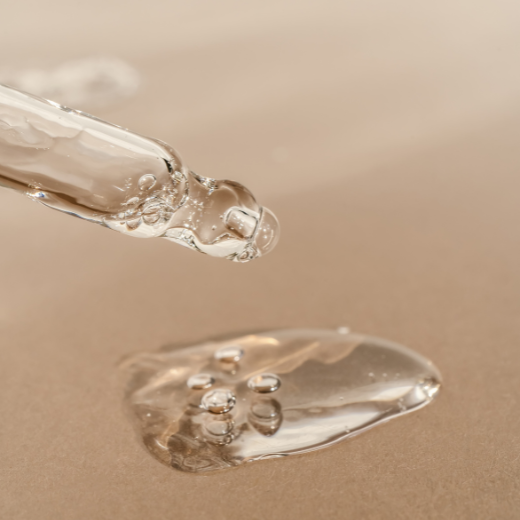Can You Use Multiple Retinol Products? Your Top Retinol Questions Asked
Posted by Nikki Wisher on Feb 14th 2023
Retinol is one of those skin care ingredients that most people have heard of, even if you’re not a skin care junkie like me. Most people even know about retinol’s primary purpose: anti-aging. But how does retinol actually help your skin look younger and how do you use it in your skin care routine? Buckle up because we’re going on a tour of everything you need to know about retinol.
Why Is Retinol So Popular?
Retinol has earned its widespread reputation because, as far as anti-aging goes, it’s in a world of its own. Retinol makes your skin look younger in a number of ways: stimulating collagen production to make your skin firmer and smoother, hydrating your skin, enhancing cell turnover so you benefit from fresh and healthy skin cells, and reducing age spots and other discoloration from sun damage.
Retinol is actually the only topical skin care ingredient that has been shown to stimulate collagen production and help your body form healthy new blood vessels. As an added bonus, retinol helps to keep acne and blemishes at bay too. There are no miracle potions in skin care, but retinol comes pretty dang close.
Can You Use Multiple Retinol Products Together? How Do You Layer Retinol Products?
If you really want to turn over a new leaf with your skin, you can actually use multiple retinol products together. Keep in mind, though, that everyone’s skin is different. Retinol can be irritating to some, so combining multiple retinol products might be more than your skin can handle.
If you do use multiple retinol products, layer them by using the thinnest one first. For example, during your nighttime routine, cleanse your skin first and then apply a retinol serum . Use any other products or treatments in your routine and then finish it off with a retinol night cream .
What Should You Do if Retinol Irritates Your Skin?
Everyone’s skin has its own sensitivity level so people with dry or sensitive skin may have irritation and inflammation from retinol. If you’re noticing this issue, the best way to deal is to talk to your dermatologist. They can make recommendations based on your skin’s specific needs and responses.
If retinol does irritate your skin, that doesn’t mean you have to give it up. You could try a lower concentration of retinol - products typically range from about 0.25% to about 1%. You could also try something called the sandwich method: applying a modest amount of a light moisturizer first, then applying the retinol serum or retinol product, and following it with moisturizer again but only in the areas where your skin gets particularly dry.
What Guidelines Are There for Using Retinol in Your Skin Care Routine?
As fabulous and effective as retinol can be, you do need to be strategic in the way you use it. Your skin may need time to get used to the retinol, and retinol also makes your skin more sensitive to sun damage, so you need to counteract that risk. Use these tips as you work retinol into your skin care routine:
- Only use retinol at night, because it makes your skin more sensitive to sun damage.
- Be sure to use sunscreen each day as part of your morning skin care routine to protect your skin from sun damage.
- Start slow and build up your retinol use. You can start with a low retinol concentration like 0.25% and build up to 1%. You should also start by using retinol products once or twice per week and increase slowly until you’re using it as the package directs.
When Will You Start Seeing the Results of Retinol?
As I said, retinol isn’t a miracle product. It won’t turn back the clock ten years overnight. The general rule of thumb is that it takes up to 12 weeks to start seeing the results of retinol. You could start seeing results as early as 2-3 weeks, especially if you’re using prescription retinol products which are stronger than OTC products. Still, expect to wait 12 weeks and if you’re not getting visible results at that point, you might consider stepping it up with a higher concentration or a second retinol product.
Does Retinol Make Your Skin Thinner?
This is a common warning people pass around about retinol: that it makes your skin thinner and, as a result, could make aging worse because thin skin is more prone to wrinkles, sagging, and crepiness. Don’t worry, it’s not really true.
Retinol does thin the outer layer of your skin by stimulating cell turnover, which gets rid of damaged skin cells that give your skin a dull, rough complexion. But it doesn’t thin the deeper layers of your skin or make it prone to wrinkles and sagging. In fact, by enhancing your collagen, it thickens the deeper layers of your skin in a way that withstands sagging and wrinkling.
Taking Advantage of What Retinol Has to Offer
Retinol can be one of the best ways to help your skin not only look younger but become healthier along the way too. It just takes a bit of strategy and the patience to observe your skin and listen to what it’s telling you. Use the guide above to start putting retinol to work for your skin.

